Recent developments
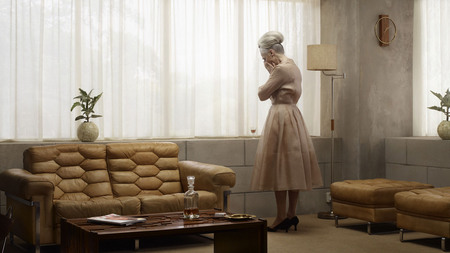
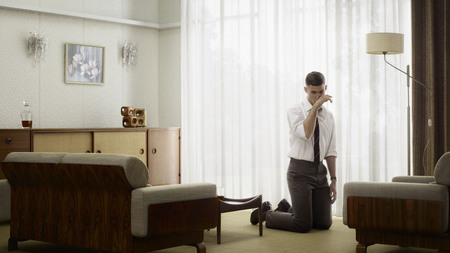

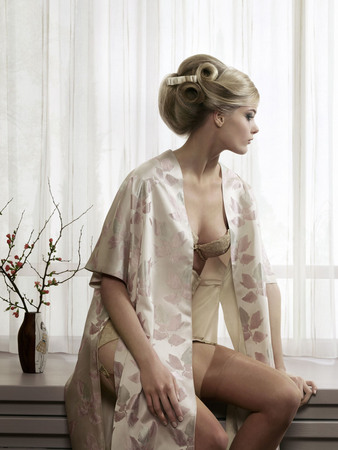
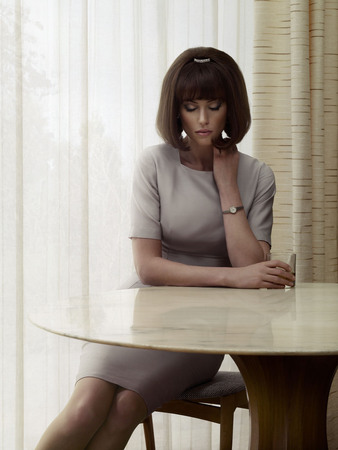
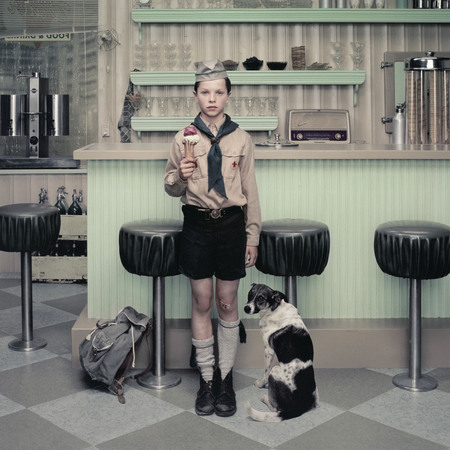
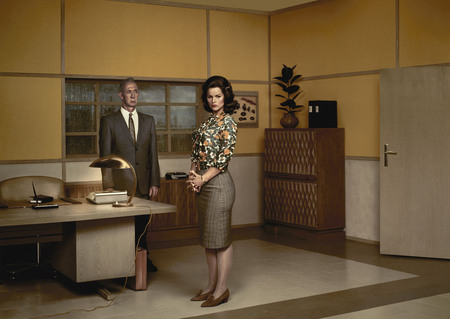
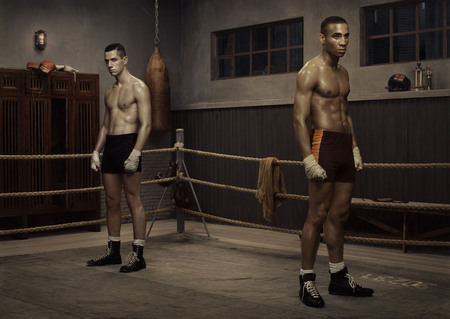
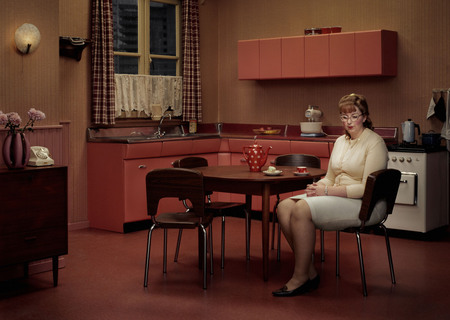
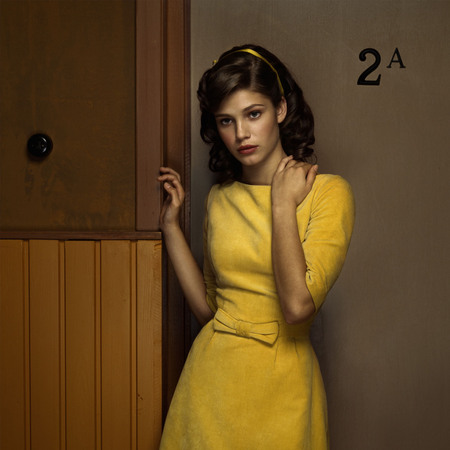
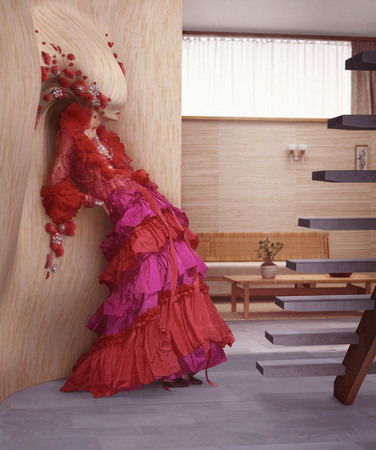

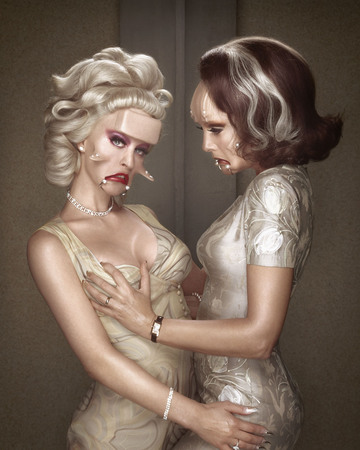
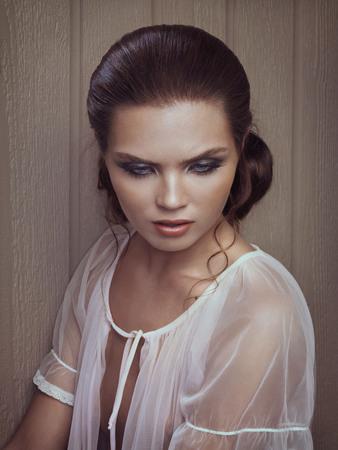
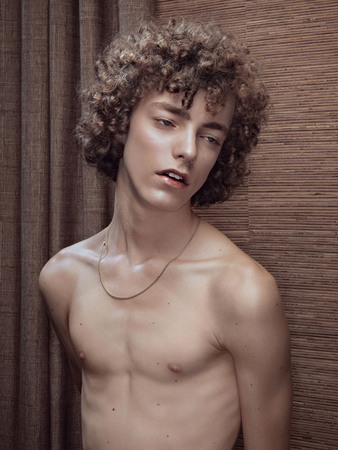

Erwin Olaf. Grace. From the series “Grief”. 2007. © Erwin Olaf. Gallery Flatland (NL, Paris) & HastedHunt (NY)
Erwin Olaf. Troy. From the series “Grief”. 2007. © Erwin Olaf. Gallery Flatland (NL, Paris) & HastedHunt (NY)
Erwin Olaf. Irene Portrait. From the series “Grief Portraits”. 2007. © Erwin Olaf. Gallery Flatland (NL, Paris) & HastedHunt (NY)
Erwin Olaf. Barbara Portrait. From the series “Grief Portraits”. 2007. © Erwin Olaf. Gallery Flatland (NL, Paris) & HastedHunt (NY)
Erwin Olaf. Margaret Portrait. From the series “Grief Portraits”. 2007. © Erwin Olaf. Gallery Flatland (NL, Paris) & HastedHunt (NY)
Erwin Olaf. The Ice Cream Parlour. From the Series “Rain”. 2004. ©Erwin Olaf. Gallery Flatland (NL, Paris) & HastedHunt (NY)
Erwin Olaf. The Boardroom. From the series “Rain”. 2004. © Erwin Olaf. Gallery Flatland (NL, Paris) & HastedHunt (NY)
Erwin Olaf. The Boxing school. From the Series “Hope”. 2005. © Erwin Olaf. Gallery Flatland (NL, Paris) & HastedHunt (NY)
Erwin Olaf. The Kitchen. From the Series “Hope”. 2005. © Erwin Olaf. Gallery Flatland (NL, Paris) & HastedHunt (NY)
Erwin Olaf. Nr 5. From the Series “Hope”. Portraits. 2005. © Erwin Olaf. Gallery Flatland (NL, Paris) & HastedHunt (NY)
Erwin Olaf. Lacroix. From the Series “NYT Couture”. 2005. © Erwin Olaf. Gallery Flatland (NL, Paris) & HastedHunt (NY)
Erwin Olaf. Versace. From the Series “NYT Couture”. 2005. © Erwin Olaf. Gallery Flatland (NL, Paris) & HastedHunt (NY)
Erwin Olaf. Double Portrait. From the series “Le dernier Cri”. 2006. © Erwin Olaf. Gallery Flatland (NL, Paris) & HastedHunt (NY)
Erwin Olaf. Kim. From the series “Fall Portrait”. 2008. © Erwin Olaf. Gallery Flatland (NL, Paris) & HastedHunt (NY)
Erwin Olaf. Felix. From the series “Fall Portrait”. 2008. © Erwin Olaf. Gallery Flatland (NL, Paris) & HastedHunt (NY)
Erwin Olaf. Still Life 05. From the Series “Fall”. 2008. © Erwin Olaf. Gallery Flatland (NL, Paris) & HastedHunt (NY)
Moscow, 29.04.2009—26.07.2009
exhibition is over
Central exhibition hall Manege
1, Manege Square (
www.moscowmanege.ru
Share with friends
Supported by the Embassy of Netherlands and Volkswagen
For the press
«It is only shallow people who do not judge by appearances».
Oscar Wilde
Like Oscar Wilde, Erwin Olaf displays a consummate sense of style and a grasp of the potential profundity of paradox. Wilde’s aphorism hides within its dandyish pose a simple human truth. We are creatures with an interior life that none but we can know.
As a young man Erwin Olaf made images full of the audacious sexual energy of his age and of the times. Genders shifted, power was eroticized, and the taut flesh of youth played counterpoint to the copious undulations of age. This first phase of his artistic career culminated in two substantial bodies of work: Chessmen (1988) and Blacks (1990). There followed almost a decade when Olaf’s attention shifted away from art and it was not until 1999, as he turned forty and began to reassess his life, that he commenced the second phase of his artistic career.
The works of this second phase reflected the realigning perspective of maturity, «There is an overvaluation of youth,» Olaf commented in 1999. And in various ways the works that followed explored his reappraisal of age (Mature, 1999), of designer-label hype (Fashion Victims, 2000), of the lionizing of those who die in their prime (Royal Blood,
Of the five bodies of work included here, Rain is the earliest. And of the works in Rain, the first to be made was The Dancing School, an image that proved to be a turning point in the artist’s practice. The impetus for the series was, perhaps surprisingly, the terrorist attack on the World Trade Center on September 11, 2001, and more particularly, the opinion expressed by some in the Netherlands, at least in private, that the attack had somehow been deserved. «This made me angry,» Olaf explained to me, «because I think, while there may be a lot that is wrong with politics in the USA, that country is a major defender of the freedom of speech and expression, which is very important to me.»
He began The Dancing School with the intention of making an upbeat image that celebrated America’s liberal democracy. I had cast four people for this photograph: an old pianist, a big girl, a big boy, and a very slim boy. But when I started to shoot, I just fell so incredibly sad, looking through the lens and watching the happy scene played out. After several attempts I was despairing and told the actors just to stand still and not to move while I got the lighting right. I made a test shot. That image turned out to be the beginning of Rain — people just wailing, staring into space, thinking of nothing, waiting for nothing.
The six tableaux in Rain are accompanied by a short video that acts as the gravitational center around which they orbit. The video clip depicts a dour family gathered at the dinner table, waiting for a meal that is never quite served. A scratchy gramophone recording of Rachmaninoff comes to an end. The clock ticks. No one speaks. The diners eye each other disconsolately, fidget and daydream, while outside the rain pours down.
Olaf had not been totally satisfied with Rain and he considers the attention to detail, the quality of the lighting, and the precision of the performances in Hope to be of a higher caliber. «The girl in the hallway with her shoe dangling off her foot, the hands of the big girl in her lap as she sits in the empty kitchen, the look of the teacher in the classroom, they touch me more deeply than most of the pictures in Rain.» This time it is a three-channel installation called Annoyed (2005) that follows, in synchrony, three of the characters (the nurse, the lodger, and the girl from the hallway) as they are each disturbed at night by loud music issuing from an adjacent apartment. All display in their various ways, irritation, indecision, and just as they are resolved to act — and the music abruptly ceases — a mix of relief and frustration that the problem has solved itself. Each remains alone, unaware of the similar plight of the neighbors.
Whereas the title Rain stands as a metaphor for dreariness, Hope sets a curious tangential light on proceedings. What is it these people hope for? Is it simply that the boxer hopes to win, or is he trapped by circumstances and sees the prize money as a means of escape? Does the teacher hope for his student’s academic success or are his desires less benign? Does the young woman in the hallway, who appears to have just broken up with her boyfriend, want him to leave or is she hoping he will return all the more attentive? Here, the moment between action and reaction is much tighter but each character remains introspective.
Olaf’s next video, Le Dernier Cri (the latest fashion), 2006, manipulates the appearance of things even more directly. The work opens with a caption announcing this is «Paris, printemps 2019». There follows a sequence of long tracking shots through an immaculate apartment, decorated in the domestic modernism of the late 1950s and early 1960s. The lines are clean, the color muted shades of beige and gray. Plants are arranged like sculpture. There is no clutter, no sign of life except the song of birds outside and the distant hum of a household appliance. The door-bell rings and a female figure descends the stair to answer it. What follows is on one level banal (two women meet and make small talk) and on another, extremely bizarre, for each woman’s face has been grotesquely modified by implants and plastic surgery. The conversation reveals that such facial adornment is the latest fashion. The women depart to the kitchen, leaving the camera hovering in the pristine living room.
This is a much more overtly satirical piece than Rain or Hope, echoing earlier work such as Fashion Victims. The parallel between the immaculate but, one imagines, ultimately uncomfortable interior design and the extremity (not to say impracticably) of the facial modification is clear. But, while what we see parodies the desperation of the ultra-fashionable, the superficial courtesies exchanged by the two women highlight more subtly the vacuity of the interaction.
Grief (2007) is Olaf’s final series in the project, takes the ideas explored in Rain and Hope to the next stage, the point when reaction is just beginning. The narrative focuses on the first major news event that Olaf remembers from childhood, the assassination of John F. Kennedy, and the soundtrack that underscores the video consists of newscasts unfolding an account of that murder. Jack and Jackie Kennedy were not only the Arthur and Guinevere of postwar America, they were savvy manipulators of the media. They knew how to shape the appearance of things. But not, of course, the shape of things to come.
In Grief the implication is that such awareness of «image», of the careful manipulation of public appearance, leaves little room for the deeply personal emotions of bereavement. The figures remain isolated, undemonstrative save the telltale tics of body language. In the video work an adolescent girl enters and sits demurely while a beautiful woman stares blankly out of the window. The tension shifts slightly when the girl makes a hesitant move to cross and comfort the woman, only to be forestalled by the merest ripple of immaculately manicured fingers.
In the synthesis of aesthetic flair and intuited meaning at the heart of Erwin Olaf’s work lies a growing awareness of this sense of, and need for, human connection. What is important here is not so much the Aristotelian notion of empathy as an emotional purgative, but the profound value of empathy for its own sake. Olaf does not set forth a representation of the real but rather creates a dramatic visualization of stifled human relationships. «I love to create a dream world», Olaf says, «but my photography is always about how things look». His perfected, cinematic vision is a mirror held at just that distance at which we behold ourselves while understanding it is only a reflection. We are never quite allowed to suspend disbelief, rather we must enter his dream world with our eyes open.
«It is only shallow people who do not judge by appearances», wrote Oscar Wilde. «The true mystery of the world is the visible, not the invisible.»
Alasdair Foster



